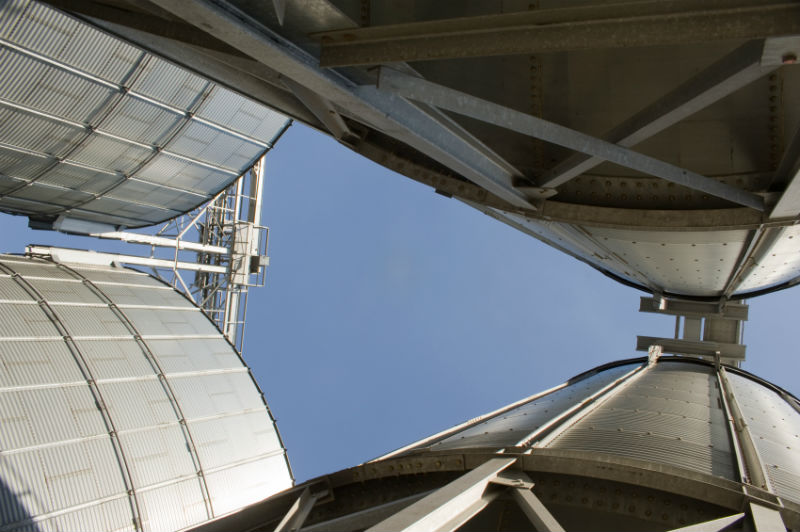When it comes to versatile metals, stainless steel is certainly a top contender. Durable, clean, highly recyclable, and visually pleasing, this metal also earns points for being extremely resistant to corrosion.
Unfortunately, all superheroes have their weaknesses. While your stainless steel will put up a good fight against salt air, it’s going to need a trusty sidekick to fully take down the sea breeze that looms over our coastal climate. Learn more about what salt air does to your stainless steel and how you can help it fight the battle against the breeze. And don’t worry; you won’t need tights or a cape to get it done.
How Stainless Steel Resists Corrosion
Stainless steel gets its corrosion resistant ability from chromium, and it contains at least 10.5 percent of it. Chromium is a lustrous and steely gray metal known for being tarnish resistant. You are probably familiar with chromium if you own anything that is chrome-plated, which just means it has been coated with chromium. You may have noticed it on the bumper of your car.
Whereas the iron in carbon steel reacts with the oxygen in the atmosphere to produce rust, the chromium in stainless steel reacts with oxygen to form a thin but strong passive layer on the metal’s surface. The more passive a material is, the less it is affected by environmental factors. The addition of nickel and molybdenum also contributes to stainless steel’s passivity.
How Sea Breeze Hurts Stainless Steel
In coastal areas, the chloride in sea spray, rain and dry salt particles that the wind carries can contribute to the corrosion of stainless steel. Areas within 10 miles of saltwater are generally considered at risk of salt-related corrosion, but that distance varies with location and weather patterns.
In a perfect world, stainless steel would not corrode at all. But, when the environment overwhelms the metal’s passive layer with something like salt, it begins to break down. Stainless steel corrodes in two main forms. Pitting appears in the form of dark brown pits on the steel’s surface. You might also see a form of corrosion that creates a large crevice on the steel’s surface. Neither of these forms of corrosion affects stainless steel’s mechanical properties, but they are unattractive.
How You Can Help
A high-quality protective coating is the best way to help your stainless steel fight the sea breeze. Before applying a coating, sand away any rust that has built up on the metal with very fine grit sandpaper. Wipe the surface clean with a wet cloth. Use a mild detergent or white vinegar if you wish.
Coatings come in a few different forms, including clear coats and paints. You can apply them in a variety of ways, including with a spray can, spray gun, brush, or roller.
Follow the instructions on the product for proper application and drying time. If you’re unsure about what kind of coating would be best for your stainless steel, ask one of our professionals!
Call Tampa Steel & Supply
While stainless steel is tough, it’s not impervious. And our coastal environment certainly doesn’t help the cause. At Tampa Steel & Supply, we offer a wide variety of coatings, paints, and shields to help your stainless steel fight the sea breeze.
Request a Quote Online
Or Call Tampa Steel & Supply at (813) 241-2801

